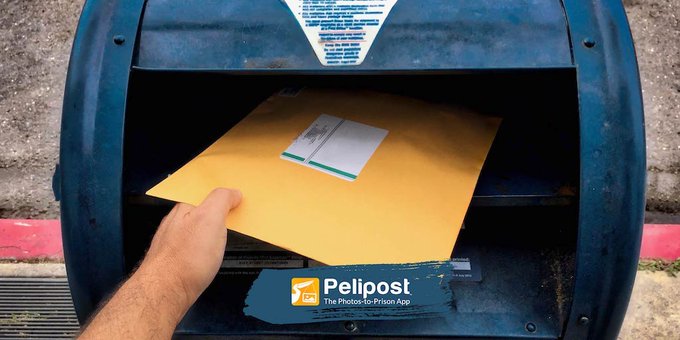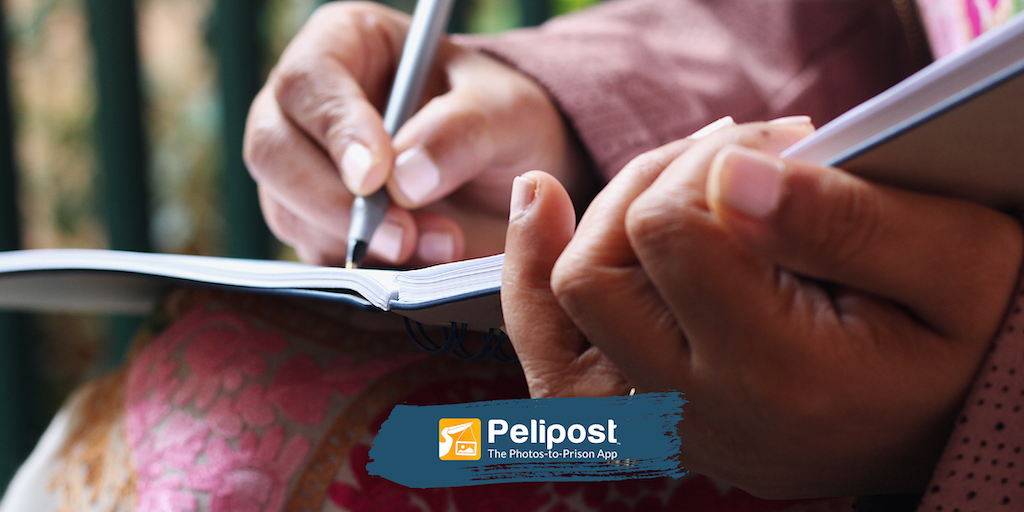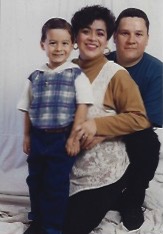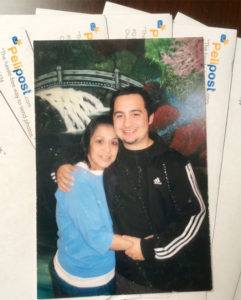Sending photos to a loved one while they are incarcerated can be a great way to lift their spirits and foster your relationship during a difficult time. Staying connected to someone in jail can help their well-being — both emotionally and behaviorally — and can increase their chances of successful rehabilitation and good life choices upon release. If you are ready to send a photo to an inmate, but don’t know where to start, Pelipost has created a list of ideas for what kind of pictures to send to your incarcerated loved one.
Smiles of Family and Friends
Your inmate probably misses seeing the smiling faces of loved ones on a day to day basis. Seeing friends and family members through a photograph may not be the same, but can be a great way to lift spirits during a tough time and remind inmates that they are not alone. These types of photos are best with a clear background and no objects, tattoos, or hand symbols pictured.
Special Events
Whether it’s a wedding, birthday, holiday, or accomplishment, your incarcerated loved one probably feels as if they are missing out on big moments in life. Capturing photos of special events and sending them to your incarcerated loved one can help them to feel included in your life and share in the joy that you felt during these big moments.
Pictures of Pets
Who doesn’t love seeing a photo of an adorable, happy pet? Your loved one is probably missing the warmth and cuddles from their furry friend while incarcerated, and seeing a photo of their beloved pet can brighten their spirits. Whether your pet is covered in feathers, scales, or fur, a cute photo of them is a great memento to send to your inmate.

Drawings From Kids
A drawing from a child is a heartwarming gift that will bring a smile to your loved one’s face. Children often express emotions through drawing pictures and giving them to loved ones, which does not have to change while that person is in jail. Sending photos of drawings can be a great way for both the child and the inmate to feel connected to one another during their time spent apart. By having a child create a special piece for your incarcerated loved one, they can also process emotions they might be feeling while missing your loved one.

Happy Memories
Reflecting on happy memories can help us to feel the joy we did in those precious moments. Photos of past holidays, vacations, milestones, and other happy memories can bring joy to your inmate. Sending an image of a cherished memory will remind your incarcerated loved one of good times, and how much they are loved.
While there are many great ways to cheer up your inmate during your time apart, these photo ideas will definitely bring a smile to their face. Now that you have likely collected a bevy of images to send to your incarcerated loved one, make sure to download Pelipost for a seamless shipping process. Before you send, click here to learn more about what you’re allowed to send to a prison to ensure your photos make it to your loved one.
Ready to send pictures? You can download the Pelipost app through the Apple App Store or Google Play Store.








